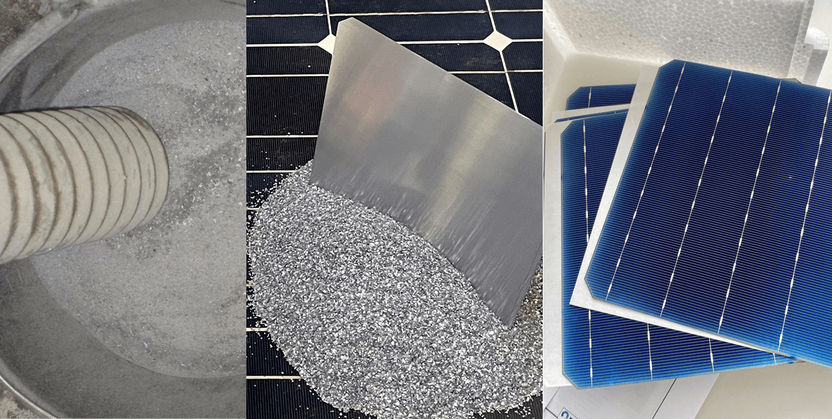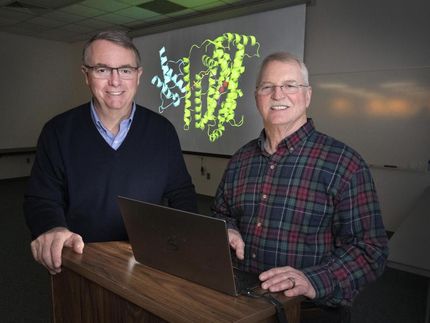Catalytic converter with a green profile
With the support of the Austrian Science Fund FWF, the chemist Zita Csendes has defined and tested iron complexes as a sustainable, inexpensive and efficient alternative to precious-metal catalysts. The shift from catalyst solution to reusable pore coating required mastering many chemical parameters.
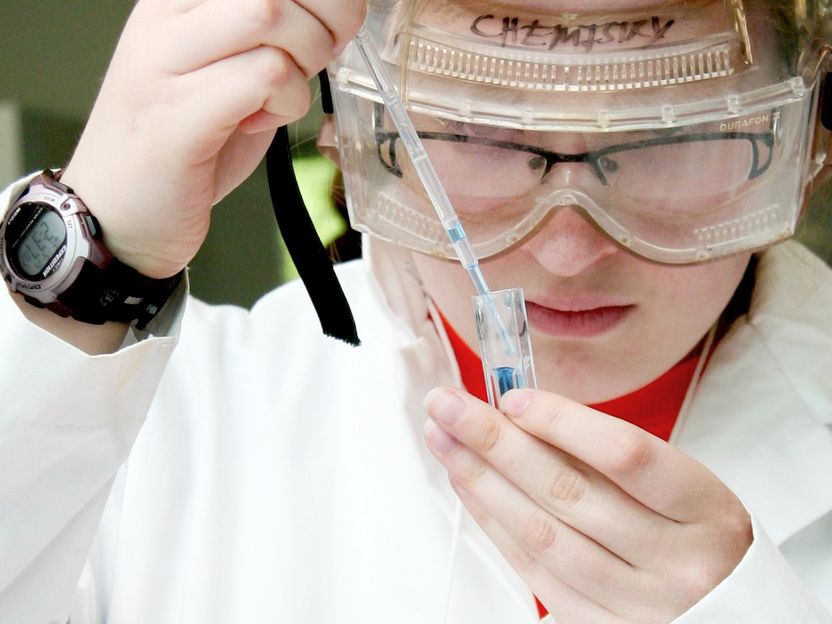
Iron could prove to be a “green” alternative to precious metals in the chemical industry.
Flickr/Thompson Rivers University
Catalysis means using a catalyst to assist a chemical reaction, i.e. initiating or accelerating the reaction or increasing the output of the final product. Not a human invention, this principle is also widely observed in natural processes where enzymes act as catalysts. Ideally, the catalyst is not converted during the reaction, but recovered. Today, precious-metal catalysts (ruthenium, iridium or rhodium) are routinely used in the production of active pharmaceutical ingredients, as well as in fragrances and flavourings. While performing their tasks to perfection, these catalysts are toxic, difficult to obtain and expensive. Researchers are therefore working on finding solutions in the medium term using more environmentally friendly and cheaper alternatives in the spirit of “green chemistry”.
Catalysts are optimised with regard to the desired reaction type (what type of chemical effect is intended), the chemical selectivity (where exactly in the molecule should it or should it not act), the production process (batch process or continuous production) as well as the reusability of the catalyst or the purity of the end product. In a Lise-Meitner project funded by the Austrian Science Fund FWF and conducted at TU Wien (Vienna University of Technology), Zita Csendes defined, controlled and tested iron complexes as alternative catalysts. The choice of iron is explained by the fact that it is the most common metal found in the earth’s crust, and it is also inexpensive and non-toxic.
Coating instead of dissolving
Following up on a highly selective catalyst already developed by a research group headed by Karl Kirchner, Zita Csendes has now succeeded for the first time in using an iron complex as a Supported Ionic Liquid Phase (SILP) catalyst for the hydrogenation of aldehydes. The catalyst is dissolved in a film of an ionic liquid (liquid salt), which is anchored to silica gel. The catalyst is in sensitive equilibrium with all the reactants involved, which are dissolved in an organic solvent and do not mix with the ionic liquid. “We have turned the highly selective homogeneous catalyst into a heterogeneous catalyst, thus combining the advantages of both methods,” explains Csendes. Chemists value homogeneous catalysts for their reactivity. But when the catalyst is dissolved in a solvent – similar to a sugar cube dissolved in a glass of water – it is difficult to recover it for reuse.
In order to bring the catalyst closer to production in a continuous process, the research team anchored it to the pores of a silica gel as a coating. The chemical properties of several of the reactants involved had to be coordinated and the conversion processes optimised step by step in order to ensure that only desired chemical reactions take place at the desired sites in a molecule. The researcher then tested the interactions and activity of the catalysis with a standardised test reaction and with nuclear magnetic resonance and infrared spectroscopy.
Ionic solution as anchor and buffer
Zita Csendes found that the silica gel will destroy the iron complex catalyst when brought into contact with it. Hence, she experimented with ionic solutions to inhibit interfering processes and to coat the silica gel with a reactive catalyst layer. “We gradually approached the ideal combination where the pores are moistened but not completely filled and where neither the catalyst nor the ionic solution drains into the reaction solution,” she notes in explaining the complex and ultimately successful procedure. She also identified the best ion combination in the solution.
Csendes is the first researcher able to publish a well-defined, chemoselective iron catalyst for the hydrogenation of aldehydes. The experiments also suggested that the catalyst could work well not only in batch production, but also in a continuous production process.
Original publication
Brünig, Z. Csendes, S. Weber, N. Gorgas, R. W. Bittner, A. Limbeck, K. Bica, H. Hoffmann, K. Kirchner; "Chemoselective Supported Ionic-Liquid-Phase (SILP) Aldehyde Hydrogenation Catalyzed by an Fe(II) PNP Pincer Complex"; ACS Catalysis; 2018.
Castro-Amoedo, Z. Csendes, J. Brünig, M. Sauer, A. Foelske-Schmitz, N. Yigit, G. Rupprechter, T. Gupta, A. M. Martins, K. Bica, H. Hoffmann, K. Kirchner; "Carbon-based SILP catalysis for the selective hydrogenation of aldehydes using a well-defined Fe(II) PNP complex"; Catalysis Science & Technology; 2018.
Original publication
Brünig, Z. Csendes, S. Weber, N. Gorgas, R. W. Bittner, A. Limbeck, K. Bica, H. Hoffmann, K. Kirchner; "Chemoselective Supported Ionic-Liquid-Phase (SILP) Aldehyde Hydrogenation Catalyzed by an Fe(II) PNP Pincer Complex"; ACS Catalysis; 2018.
Castro-Amoedo, Z. Csendes, J. Brünig, M. Sauer, A. Foelske-Schmitz, N. Yigit, G. Rupprechter, T. Gupta, A. M. Martins, K. Bica, H. Hoffmann, K. Kirchner; "Carbon-based SILP catalysis for the selective hydrogenation of aldehydes using a well-defined Fe(II) PNP complex"; Catalysis Science & Technology; 2018.
Organizations
Other news from the department science

Get the chemical industry in your inbox
By submitting this form you agree that LUMITOS AG will send you the newsletter(s) selected above by email. Your data will not be passed on to third parties. Your data will be stored and processed in accordance with our data protection regulations. LUMITOS may contact you by email for the purpose of advertising or market and opinion surveys. You can revoke your consent at any time without giving reasons to LUMITOS AG, Ernst-Augustin-Str. 2, 12489 Berlin, Germany or by e-mail at revoke@lumitos.com with effect for the future. In addition, each email contains a link to unsubscribe from the corresponding newsletter.
Most read news
More news from our other portals
Last viewed contents
Carl Zeiss Foundation donates EUR 850,000 to the Advanced Lab for Electrochemistry and Electroorganic Synthesis - Research structure concept of ELYSION enhances the relevance in the fields of electroconversion and electroactive materials
A. Schulman Names Todd Nichols Sales Manager for its Engineered Plastics, North America Business Unit
SABIC Europe to increase prices for PP Automotive grades
Palladium use in diesel emission control systems for cars now a reality
PPG Completes Acquisition of Dyrup
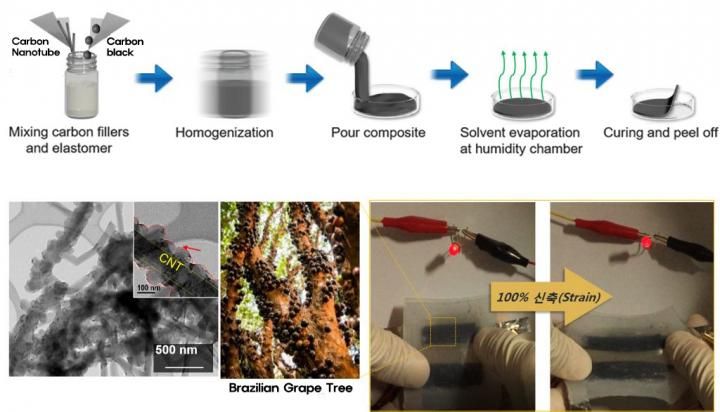
Highly stretchable aqueous batteries developed
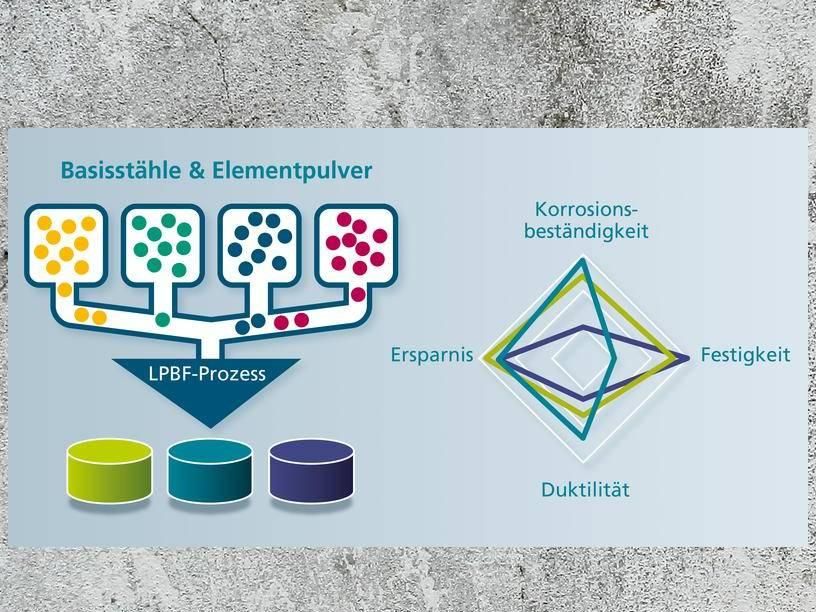
Materials by recipe - Powder kit for more flexibility and material diversity in 3D printing
SABIC Innovative Plastics Wins 2007 National Energy Globe Award for Brine Recovery Project at Bergen op Zoom Facility
World's tiniest mirror
